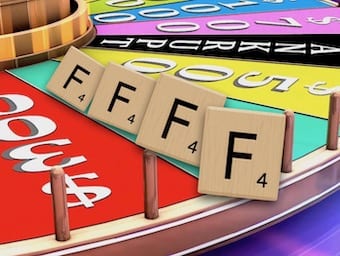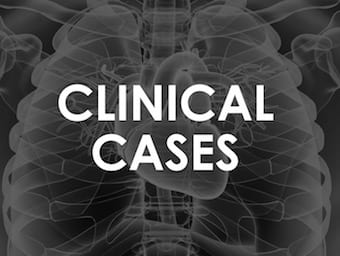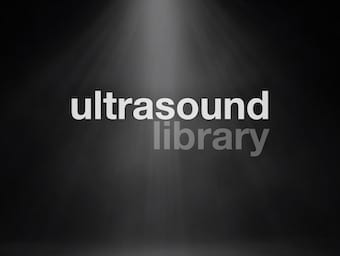
EMA February 2013
Review of the key articles from Issue 1 (Vol. 25) of Emergency Medicine Australasia published online on 6 February 2013

Review of the key articles from Issue 1 (Vol. 25) of Emergency Medicine Australasia published online on 6 February 2013

Questions a) List the patient-related risk factors associated with the development of Clostridium difficile enterocolitisb) List two tests that can be used for diagnosis of Clostridium difficile enterocolitis.c) List four markers of severity of disease in Clostridium difficile enterocolitisd) What…

With regards to Clostridium difficile (C. difficile) infection in critically ill patients:

Questions 26.1. List 4 clinical signs which may be noticeable on examination of the head in a patient with cerebellar disease 26.2. A patient presented with sudden onset of weakness involving his left upper and lower limb. On examination, he…

Funtabulously Frivolous Friday Five 165 - Just when you thought your brain could unwind on a Friday, some medical trivia FFFF.

As leader of the MET team you were called to a 'Cardiac megacode' as a 57 year-old man has arrested on the ward post-operatively...

As my graduating peers and I embark on our medical careers, it’s a fitting time to consider how to consider the next steps towards my medical career...

A woman in the ICU has a problem. Her leg has turned blue. Can you handle this Phlegmasia case-based cardiovascular curveball?

Mirror image artefact occur when ultrasound beam is not reflected directly back to the transducer after hitting a reflective surface

Comet tail artefact is a short path reverberation artefact that weakens with each reverberation, resulting in a vertical echogenic artefact that rapidly fades as it continues in to the ultrasound image.

Funtabulously Frivolous Friday Five 164 - Just when you thought your brain could unwind on a Friday, some medical trivia FFFF.
It’s time for a look at the latest review from EBMedicine. This post focuses on the following article: Hanlon D (2010). An Evidence-Based Approach to Managing the Anticoagulated Patient in the Emergency Department. Emergency Medicine Practice, 13(1). This is a…